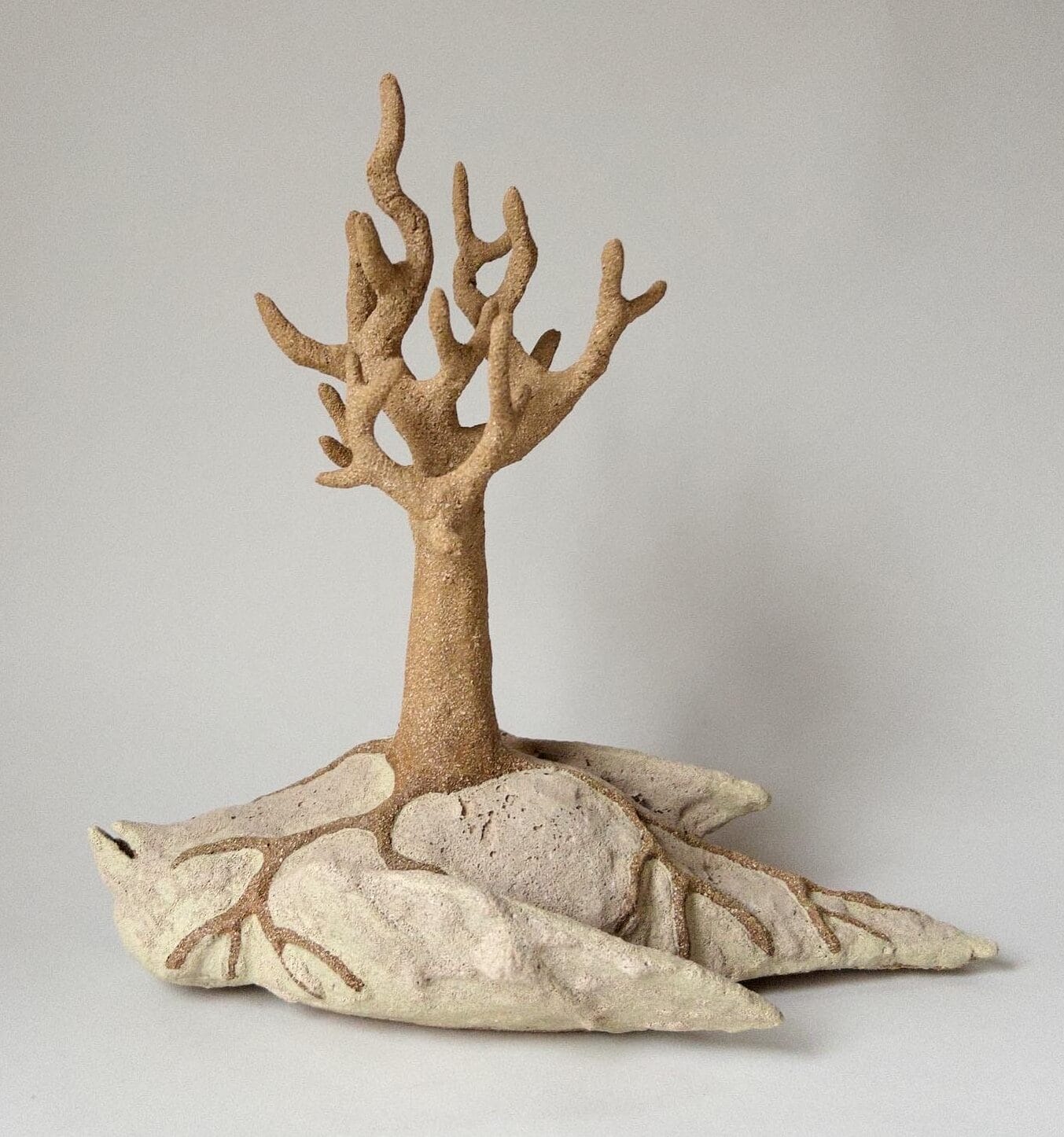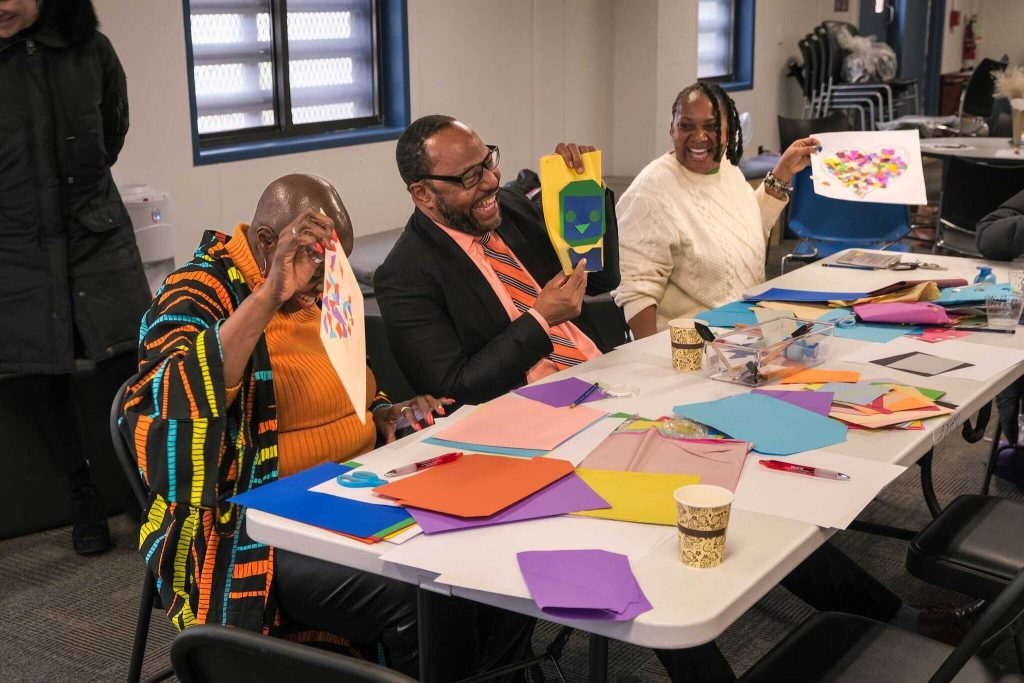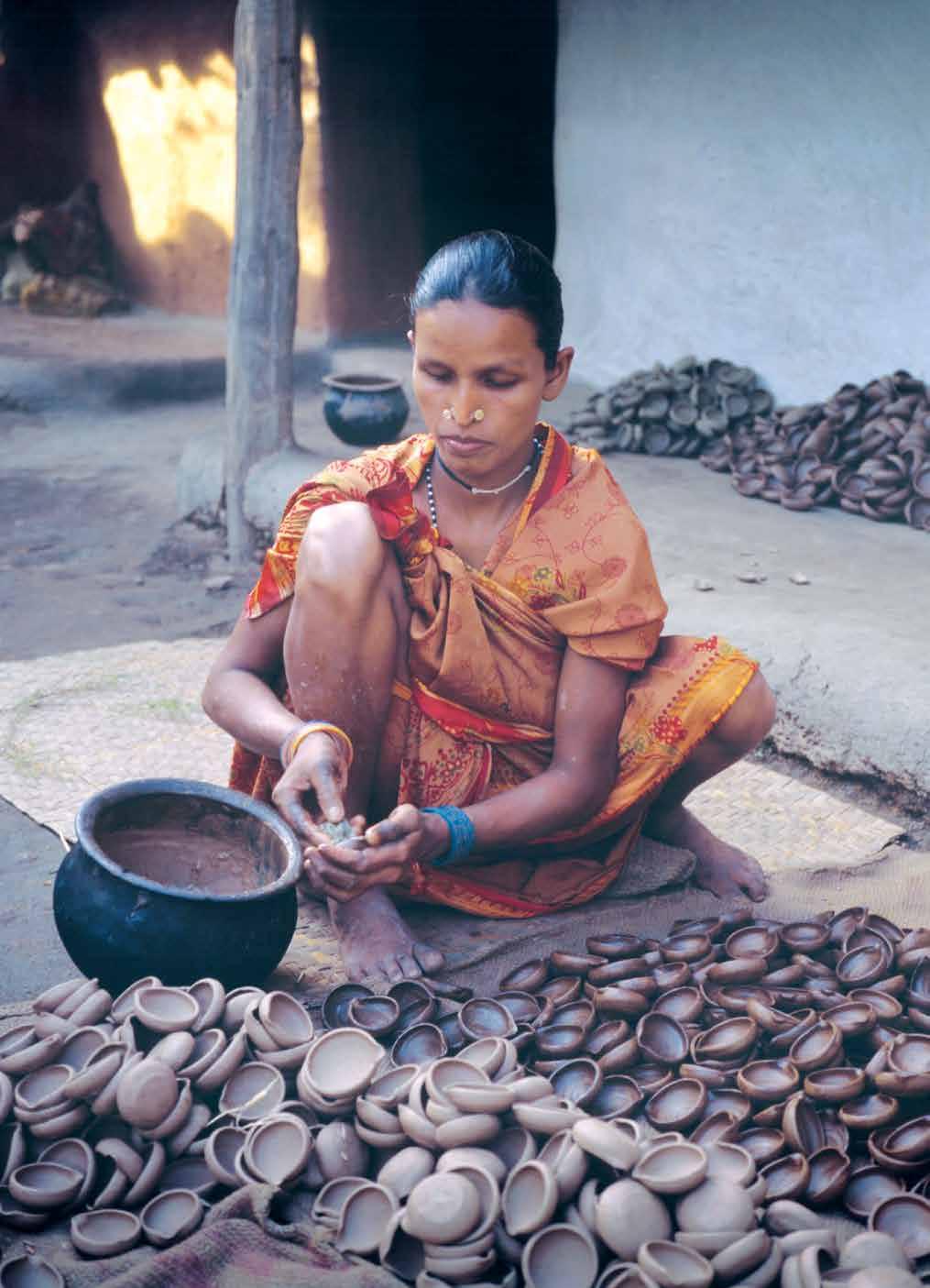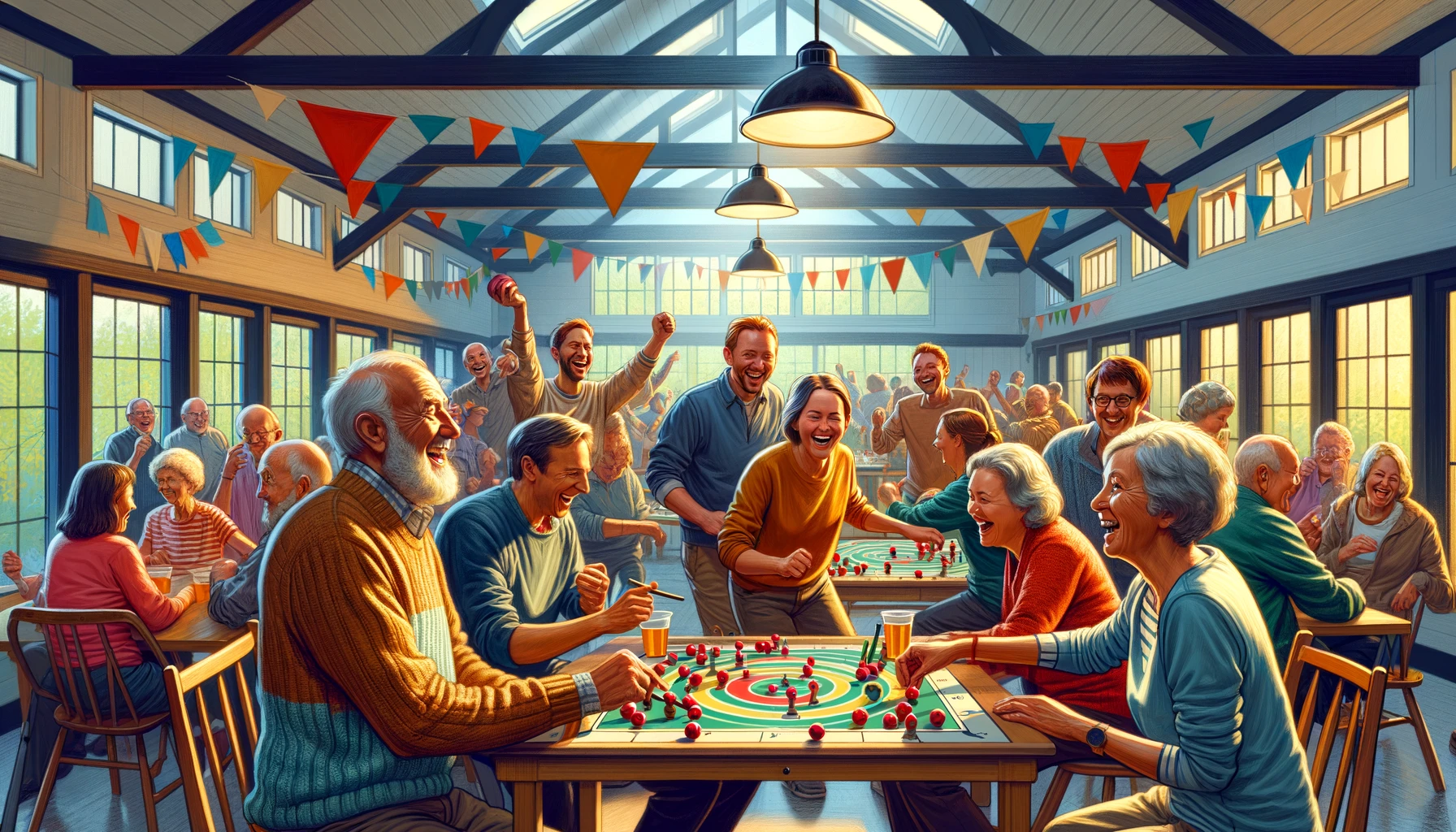The Evolution of Handicrafts How Crafting Became Creative Therapy

The Power of Crafting
In recent years, there has been a significant surge in the popularity of creative hobbies, particularly in the realm of handicrafts. This evolution reflects a growing understanding of the therapeutic benefits that crafting can provide. From knitting to pottery, individuals are discovering that these activities can serve as effective forms of self-expression and stress relief.
The Link Between Creativity and Wellness
The connection between creativity and mental health is increasingly recognized by professionals. Engaging in manual tasks can promote mindfulness, boost mood, and improve cognitive function. As a result, crafting has transitioned from a mere pastime to an essential tool for mental well-being.
Exploring Top Crafting Styles
In this article, we will delve into the transformative world of crafting as a creative therapy. We’ll explore the top 5 crafting styles that have gained notoriety for their mental health benefits, helping individuals tap into their inner artists while enriching their lives. Prepare to uncover the fascinating ways these crafts can enhance your well-being and creativity.
DIVE DEEPER: Click here for a step-by-step guide
The Evolution of Manual Skills: How Craftsmanship Became a Form of Creative Therapy
In a world increasingly dominated by digital technology, there has been a remarkable revival of manual skills and craftsmanship. In recent years, the appreciation for these skills has surged, as people rediscover the joy and therapeutic benefits of crafting. This movement represents more than a simple trend; it has transformed how individuals perceive creativity and mental wellness. In this article, we delve into the top 5 aspects of how manual skills have evolved over the years, becoming crucial therapeutic outlets for self-expression and emotional healing, ranked from the least impactful to the most significant.

5. The Rise of DIY Culture
The Do-It-Yourself (DIY) movement has fundamentally altered our engagement with crafts. Many individuals are invigorated by the opportunity to embark on household projects, breathe new life into old items, and craft personal masterpieces. This burgeoning trend nurtures creativity and fosters a profound sense of independence.
The internet has played an indispensable role in this cultural shift. The growth of online resources, such as user-friendly video tutorials and vibrant crafting forums, has made learning new skills more accessible than ever. Before this digital age, discovering and mastering crafting techniques often required attending workshops or acquiring specialized books. Now, individuals can swiftly acquire skills at their own pace, nurturing a love for hands-on creation. Manufacturers are also riding this wave by providing DIY kits for everything from knitting to woodworking, which encourages consumers to actively explore their manual skills. This development represents a broader trend towards a more personalized, hands-on experience in a world plagued by mass production and homogenization.
4. Healing Through Creation
Art therapy has long been recognized for its mental health benefits, yet the relationship between crafting and healing has only recently intensified. In this era of heightened awareness regarding mental health, more people are turning towards creative pursuits as viable outlets for emotional regulation and healing. Engaging in arts and crafts can significantly enhance concentration and diminish anxiety levels.
Studies have demonstrated that manual activities can lead to a release of dopamine—a neurotransmitter associated with feelings of pleasure and satisfaction. The simple act of creating, whether it’s painting, pottery, or scrapbooking, provides a tangible and fulfilling way for individuals to express themselves. Creative hobbies offer a sanctuary for individuals to navigate their emotions and share their experiences, ultimately promoting both personal and communal healing. In today’s relentless, fast-paced world, dedicating time to create is as much a radical act of self-care as it is a strong contributor to emotional wellbeing.
3. Community Building Through Crafts
Crafting has also become a medium through which people foster community bonds. Crafters frequently convene in groups, whether at local community centers or across digital platforms, to exchange techniques and cultivate friendships. This collective spirit is elemental to mental wellbeing, counteracting feelings of isolation that are increasingly prevalent in modern society.
Community crafting events—such as traditional knitting circles or contemporary pottery classes—afford people the opportunity to connect with others over shared interests. These interactions often blossom into supportive networks enriched by common creative goals and experiences. This form of collective creativity is a socially enriching exercise, offering individuals both the ability to learn new skills and the accompanying support from peers. The focus on community within crafting circles has seamlessly transformed it from a purely solitary endeavor to a wholly shared journey that significantly enhances social skills and forges enduring friendships.
2. Accessibility of Materials
The accessibility of crafting materials has been pivotal in the evolution and democratization of manual skills. Gone are the days when high-quality materials were limited to specialized boutiques; today’s crafters enjoy an abundance of options readily available at both local shops and online retailers.
This newfound accessibility empowers individuals to embark on new creative projects without the stifling burden of financial risk. Consequently, people feel encouraged to experiment with a variety of hobbies, from the intricate art of quilting to the robust craft of woodworking. Additionally, the rising popularity of sustainable and recycled materials reflects a growing consciousness about environmental stewardship within the crafting community. This trend of utilizing eco-friendly materials adds an important layer of social responsibility and appeals to a generation increasingly concerned with sustainability.
1. The Intersection of Technology and Craftsmanship
Occupying the zenith of this crafting resurgence is the dynamic intersection between technology and manual skills. Recent technological advances, such as 3D printing, digital crafting software, and online marketplaces, have revolutionized our perspective on traditional arts and crafts.
Technology facilitates artisans in reaching global audiences and enhances their ability to sell their creations, but it also gives rise to fresh crafting genres that blend digital prowess with tactile experiences. With cutting-edge tools like Cricut machines and digital sewing pattern platforms, individuals can now craft intricate designs that were previously out of reach. This remarkable fusion of technology and craftsmanship underscores a future where creativity transcends conventional boundaries, spawning more innovative forms of therapy through creative hobbies. The embrace of technology in crafting renders the escapism and therapeutic potential of manual skills ever more accessible, heralding an exciting growth trajectory within the realm of creative hobbies.
In conclusion, these five aspects underscore how the evolution of manual skills has propelled craftsmanship into a legitimate therapeutic practice, deeply embedded in modern society. As we navigate a world rife with stressors, the unwavering joy derived from creating art and crafts continues to serve as a vital source of mental wellness and community building, reminding us of the transformative power of seemingly simple hands-on creativity.
| Category | Details |
|---|---|
| Mental Health Benefits | Engaging in crafts has been shown to reduce anxiety and depression, providing a sense of belonging and purpose. |
| Physical Coordination | Fine motor skills are enhanced through the repetitive motions involved in crafting, improving hand-eye coordination and dexterity. |
| Social Interaction | Crafting in groups fosters a sense of community and provides social support, essential for emotional well-being. |
| Creative Expression | Arts and crafts enable individuals to express their emotions non-verbally, leading to greater self-awareness and individuality. |
As we further explore the evolution of manual skills and their significance, it becomes evident that the intersection of craftsmanship and mental health is particularly intriguing. Crafting as a therapeutic outlet has gained prominence, especially in a world where stressors can often feel insurmountable. Engaging in hands-on activities such as knitting, pottery, or woodworking not only provides a constructive way to manage anxiety but also allows individuals to enter a state known as “flow,” where they become fully immersed in the task at hand.Moreover, the physical aspect of crafting—working with one’s hands—has profound implications for coordination and fine motor skills. The intricate movements involved develop dexterity, which can be especially beneficial for children and older adults alike. For the former, it enhances developmental skills, while for the latter, it can counter deterioration associated with aging.Socially, crafting opens avenues for connection. Community centers now regularly host crafting sessions, where individuals from diverse backgrounds come together to share techniques, stories, and laughter. This camaraderie plays a crucial role in reducing feelings of isolation, promoting an atmosphere of mutual encouragement and support.In terms of creative expression, crafting provides a non-judgmental space for individuals to explore their creativity. Whether it’s through the colors they choose in a painting or the textures in a sculpture, these elements of personal choice can lead to significant self-discovery. It’s about breaking free from traditional avenues of expression and finding unique and often unexpected ways to convey feelings.As we dissect the various facets of crafting, it becomes clear that this evolving art form transcends mere hobbies; it is a vital tool for personal growth, healing, and community building.
DISCOVER MORE: Click here to delve into diverse writing styles
Frequently Asked Questions
What is the historical significance of crafting in human culture?
Crafting has deep-rooted historical significance, having emerged as a vital skill for survival and trade in ancient times. Over generations, the evolution of crafting techniques has mirrored societal advancements. It has transitioned from a practical necessity to a cherished form of artistic expression. In many cultures, crafts such as pottery, weaving, and metalwork have been passed down through generations, serving as a bridge between past and present.
How did crafting evolve into a form of creative therapy?
The transformation of crafting into a form of therapy is relatively recent, gaining popularity in the late 20th century. This shift occurred as psychologists and therapists began recognizing the mental health benefits associated with creative activities. Crafting fosters a meditative state that can alleviate stress and anxiety. Engaging in hands-on tasks requires focus, providing a respite from daily worries. It has been particularly beneficial in occupational therapy settings, where it aids in improving motor skills and cognitive functions.
In what ways does crafting support mental health and well-being?
Crafting enhances mental health through multiple mechanisms. It encourages mindfulness by drawing attention to the present moment, thus reducing negative thoughts. The process of creating something tangible from raw materials instills a sense of accomplishment and boosts self-esteem. Moreover, crafting in group settings promotes social interaction, reducing feelings of isolation. Studies suggest that engaging in creative activities can increase levels of dopamine, the brain’s natural mood lifter.
Are there specific types of crafts more effective for therapeutic purposes?
While any craft can hold therapeutic value, certain forms are more widely used in therapy settings due to their accessibility and ease of learning. Activities like knitting, embroidery, and pottery are popular choices because they involve repetitive motions that can be soothing. Additionally, these crafts are relatively forgiving and allow for personal expression, making them ideal for reducing stress. Tailoring the type of craft to an individual’s interests and abilities is crucial for maximizing therapeutic outcomes.
Can crafting be integrated into everyday life for better mental balance?
Absolutely. Incorporating crafting into daily routines can be a powerful tool for maintaining mental balance. Setting aside time each day or week to engage in creativity can help establish a sense of structure and provide an emotional outlet. Integrating crafting into life is about finding activities that resonate personally, whether it be painting, sewing, or even digital design. The key is consistency and allowing oneself the freedom to explore different crafts. This integration not only enriches daily life but also contributes to long-term mental resilience.
DISCOVER MORE: Click here to explore new styles in digital painting
Conclusion
The evolution of manual skills into a compelling form of creative therapy illustrates a significant cultural shift that resonates globally. As outlined in the article, the resurgence of crafting is not just a fleeting trend but a profound movement towards self-expression and mental well-being. Crafting, which has roots deep within human history, offers not only the development of fine motor skills and creativity but also acts as a vital tool for stress relief.
Key Takeaways
- Crafting as Therapy: Engaging in arts and crafts provides a meditative experience. This immersive activity helps reduce stress levels and can combat anxiety and depression, making it an invaluable tool for enhancing mental health.
- The Rise of DIY Culture: The DIY (Do It Yourself) movement has promoted greater accessibility to crafting. Platforms and communities allow individuals to share techniques and inspiration, reviving traditional crafts and adapting them for modern uses.
- Connection and Community: Crafting fosters a sense of community. Through workshops and online groups, individuals find a supportive environment that cultivates both skill-sharing and social bonding.
- Revival of Traditional Skills: As people seek authenticity in an increasingly digital world, traditional skills gain newfound appreciation, bridging the past with contemporary lifestyles.
- Mindful Living: Immersing oneself in crafting encourages a more mindful approach to life, promoting sustainability and a thoughtful consumption pattern.
The transformation of crafting from a survival necessity to a creative therapy highlights its enduring importance. It offers more than just aesthetic pleasure; it provides a therapeutic escape, nurtures personal growth, and fosters human connection in an age of digitization. As we continue to embrace creative hobbies, the benefits extend beyond the individual, cultivating a more mindful, cohesive society. Exploring this journey further may lead to discovering other enriching aspects of how we interact with the world around us.


